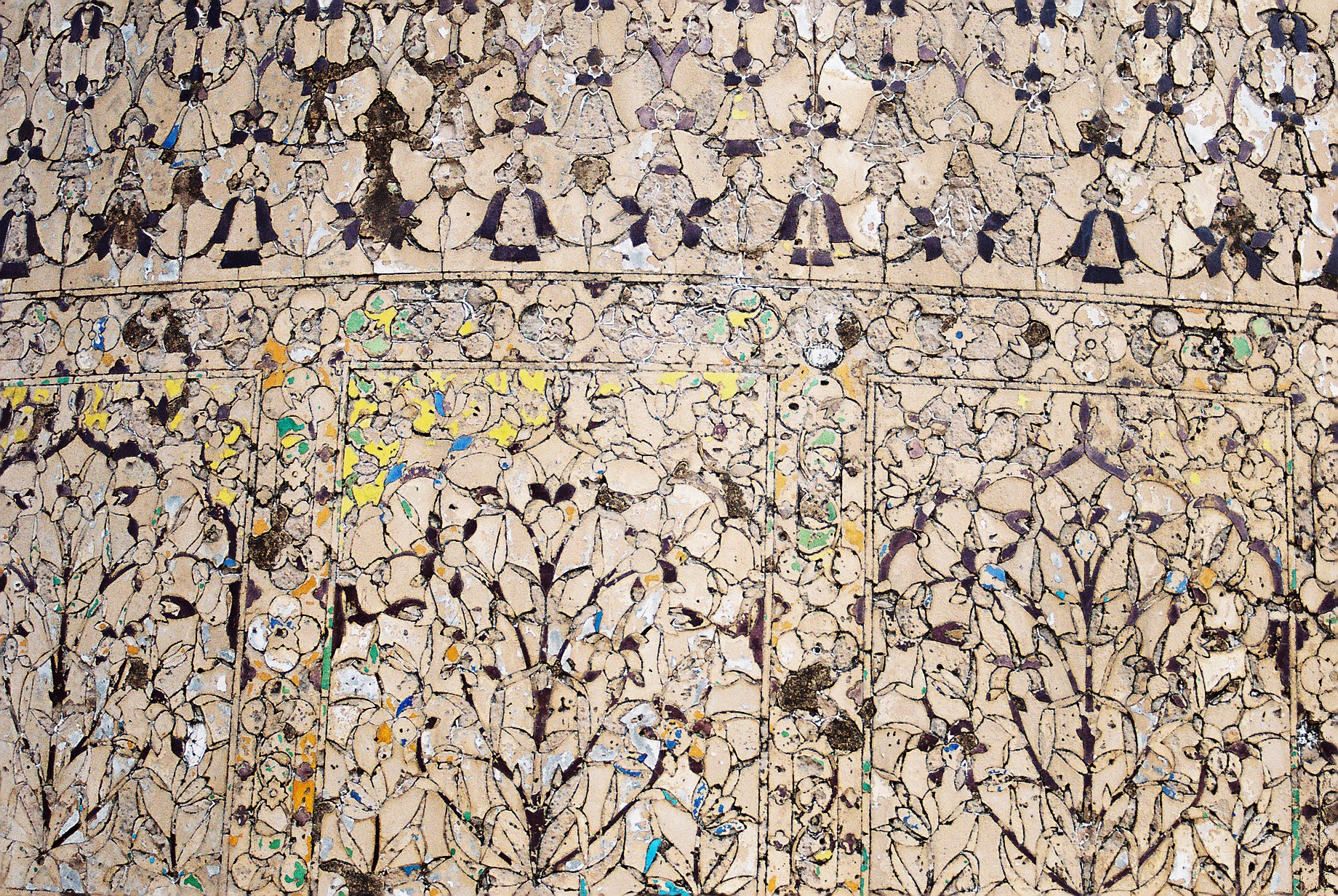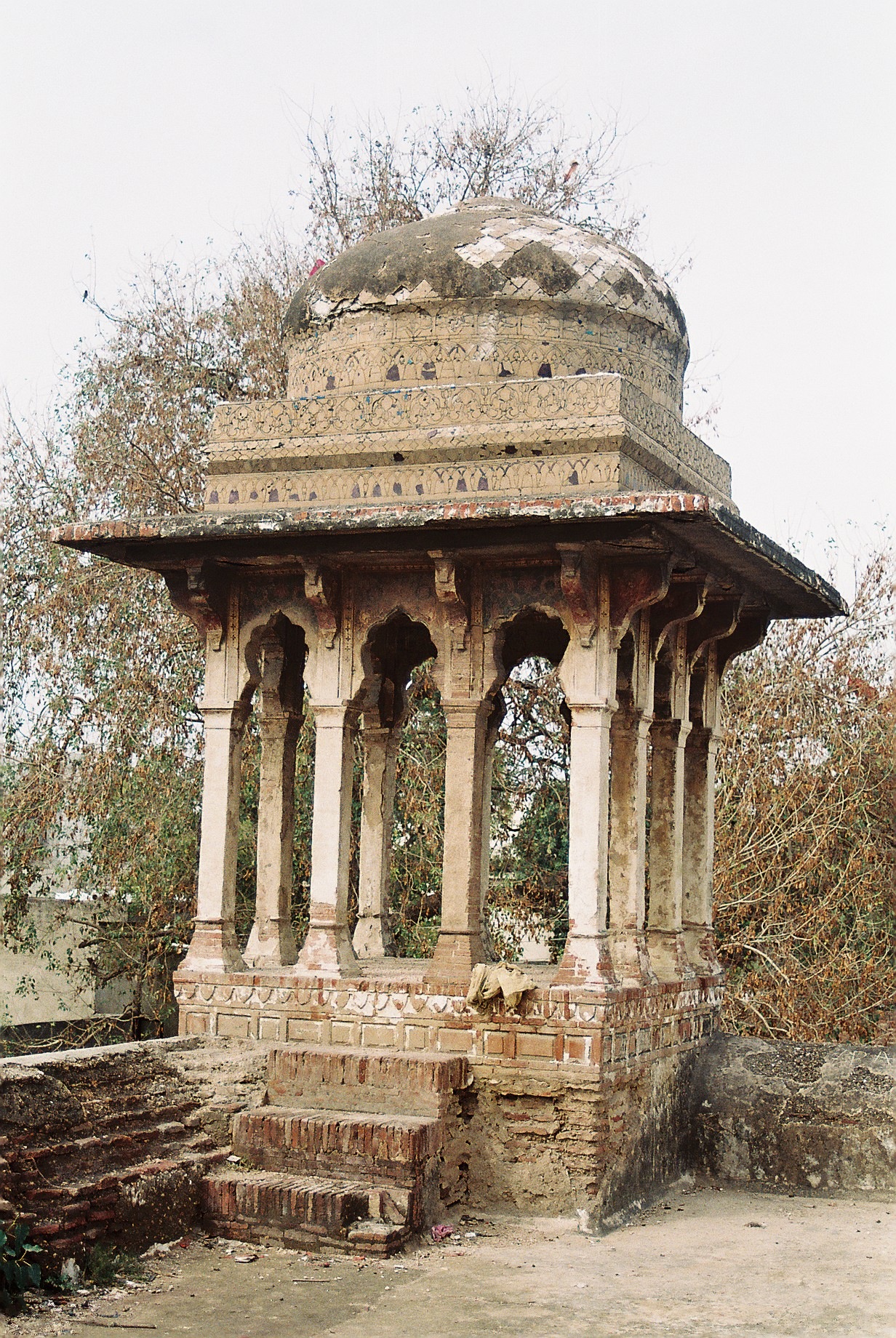
Mudassar Bashir
ھرنا جت برابر جتنا ہار جہا
وار ملے نہ دوجی کھیڈ ذرا
مشتاق صوفی
Win or lose, its all the same
There’s no second chance, lets play the game
Mushtaq Sufi
Biography:
In the Royal Mughal households, the Royal Nanny was held in utmost respect. The word ‘Dai Anga’ is of Turkish origin. It means a Nanny who has wet nursed the baby. During the reign of Jahangir, a nanny, Zaib un Nisa who had nursed Prince Khurram (Shah Jahan) came to be called Dai Anga. Her husband was a court employee and his name was Murad Khan. Their son Muhammad Rasheed Khan was a renowned marksman of his time. Prince Khurram accorded special respect to Zaib un Nisa. Some historians are of the opinion that Shah Jahan built the Gulabi Bagh (Pink Garden) near Shalamar, in her honour and when she died, she was buried in the Northern part of this garden. Some historians disagree. But during the British colonial times and later in the government records, this tomb is attributed to Dai Anga.
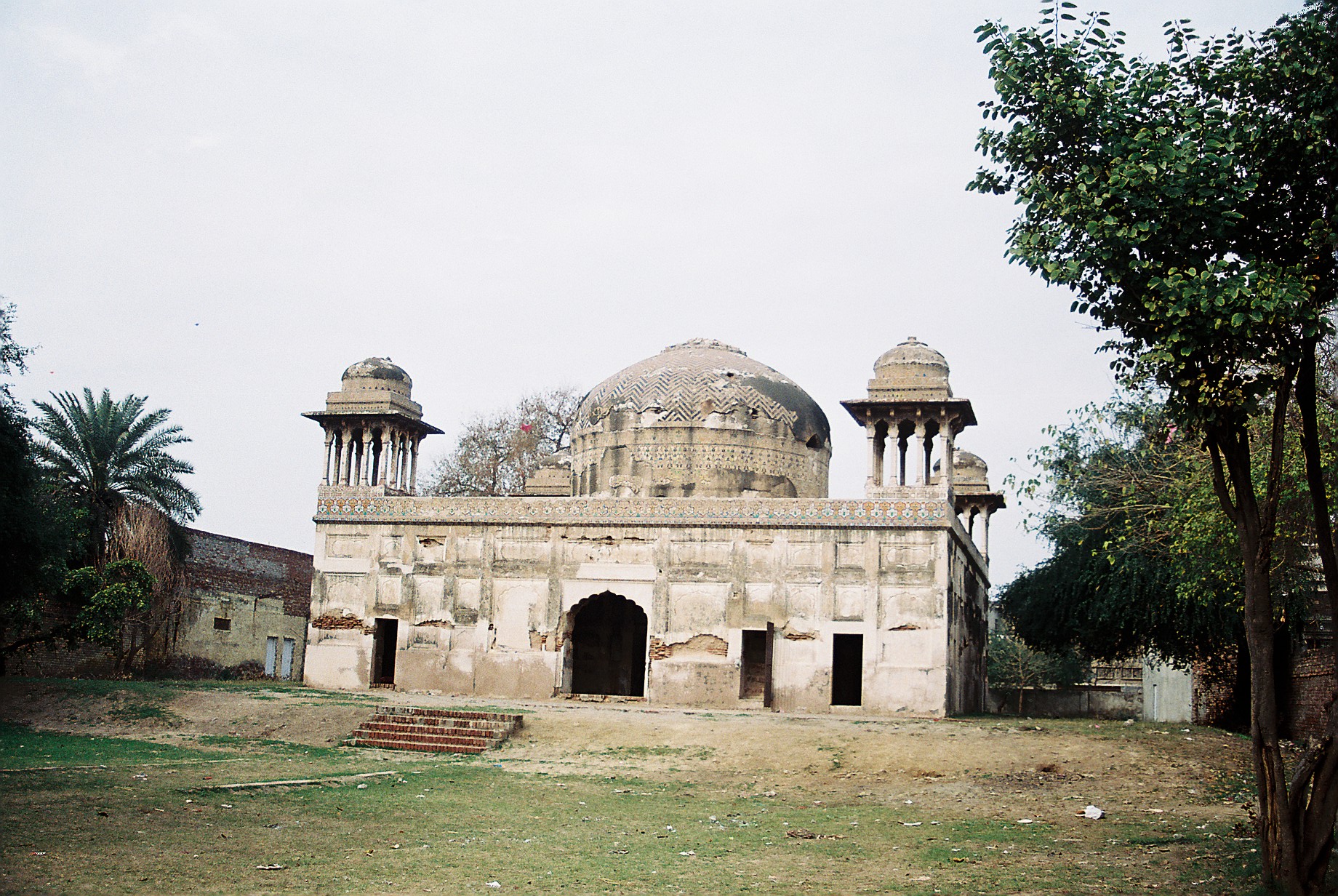
Prince Khurram, during his childhood, had promised her that he would send her for Hajj. This promise was fulfilled in her old age. The Dai built a mosque before she went on Hajj. This mosque is next to the platform one of the Lahore Railway Station. On her tomb on can see the calligraphy of Quranic verses. Among these inscriptions, the date 1082 AH (1671 CE) can be seen. Some historians are of the opinion that this is her date of death. This seems probable.
The Description of the Building:
This mausoleum was a very beautiful and unique building of its time. After her death, the Dai was buried in its rearward part. This building fell on bad times during the Sikh rule. The British era was not much better. But then, the colonial government seems to have relented and had it repaired by Kanhayya Lal Hindi. He gives the following description in her book Tareekh e Lahore:
‘The mausoleum proper of Dai Anga is built in a square format. There are domes in four corners with three doors on all four sides. There is one large dome in the middle. On these big and small domes one can see bronze work but it is in a dilapidated condition. In the middle of this mausoleum was the grave mound which seems to have demolished. The corridors toward the outside are made of solid brick. In the middle part, one can still read the Quranic verses which are inscribed in the Naskh font. The Government had this mausoleum refurbished by myself and it has since regained its splendour’.
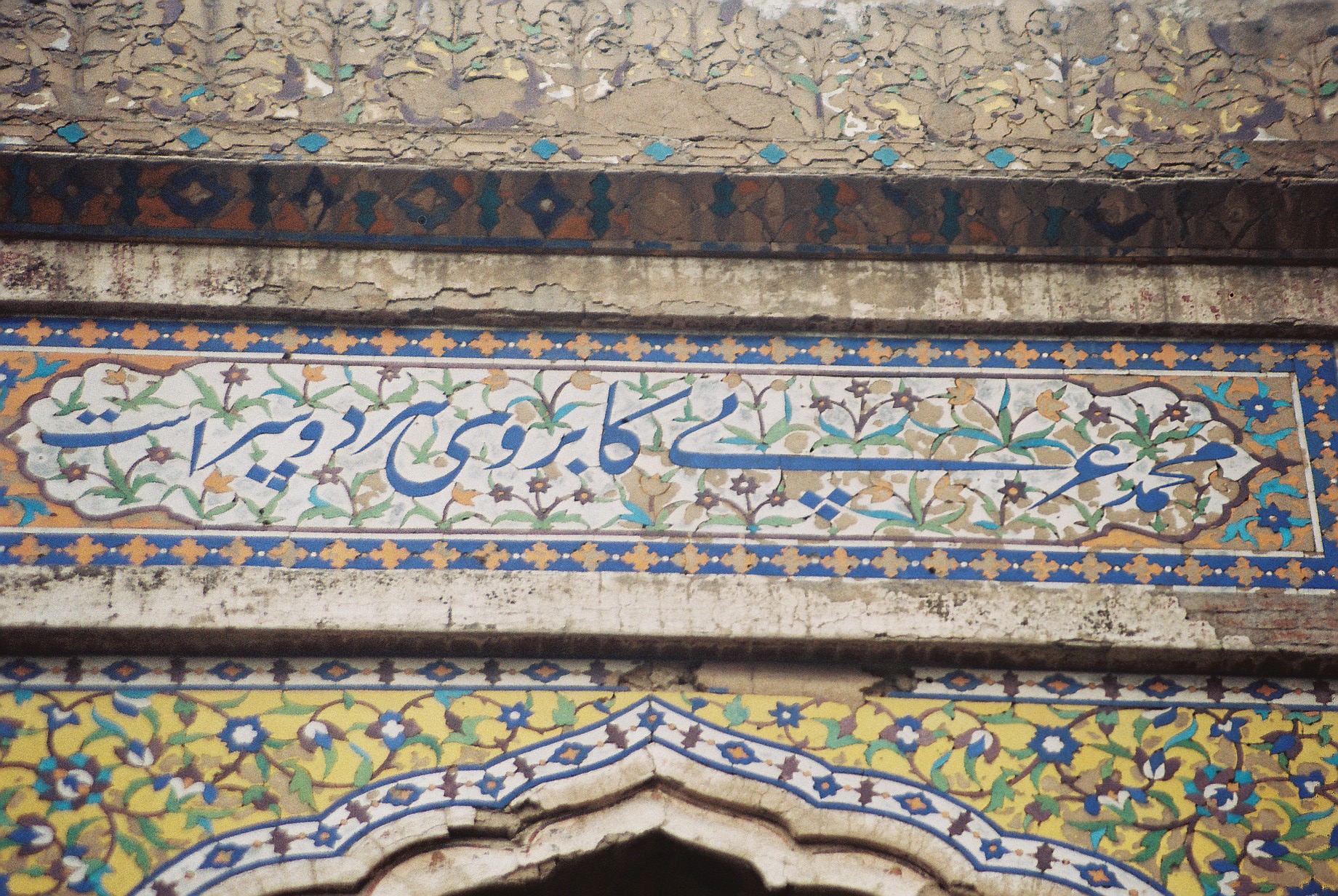
If we head towards Shalamar Garden on the GT road from the Engineering University, at some distance, there is the porch of Gulabi Gardend on the left side. This porch is known as Gulabi Chauki (station, encampment). Not many people are aware of the origin of this name. This used to be a police station during the times of the British and afterwards. The came to be so named because when the Festival of Lamps (Maila Charaghan) was held in the memory of Madho Lal Husain, the local administration would convert the Gulabi Bagh into a police station, to be decamped after the end of the festival. People from all over India used to attend. People from all religions including Muslims, Hindus and Sikh thronged to this festival. There is no police station now, but the name sticks.
The access has been closed through the entrance door and metal railings have been installed in front. To enter the garden, you have to climb over them. On the entrance door the date of the erection of the door is inscribed as 1066 AH (1656 CE). The residential houses on either side of the garden seem old, suggesting that they may have part of the garden complex. Ahead of the porch there is an open field where eucalyptus trees were grown by the British. These trees have now disappeared. Some old date palms can be seen in this field. This garden has been left in neglect and it is currently used to dry, wet carpets by a carpet factory nearby. In addition, the neighbouring households throw in their rubbish. Young men from the neighbourhood can be seen sitting on the ground, playing cards and smoking cigarettes and canabis. If some odd history scholar stumbles upon them, they glower at him with hostility.
On the North side of this field, the solid platform of the tomb can be seen. You have to climb up some stairs to reach it. In front of these stairs, there is the archway entrance of the mausoleum building. There are two side doors on either side. Beside these smaller doors, staircases lead up to the roof. In the centre of this building there is a very beautiful dome, on which exquisite bronze work can be seen. There are smaller domes in four corners of this platform. These are also adorned with bronze work. The rear building of the mausoleum is in a bad shape. Its walls are infested with damp and termites.
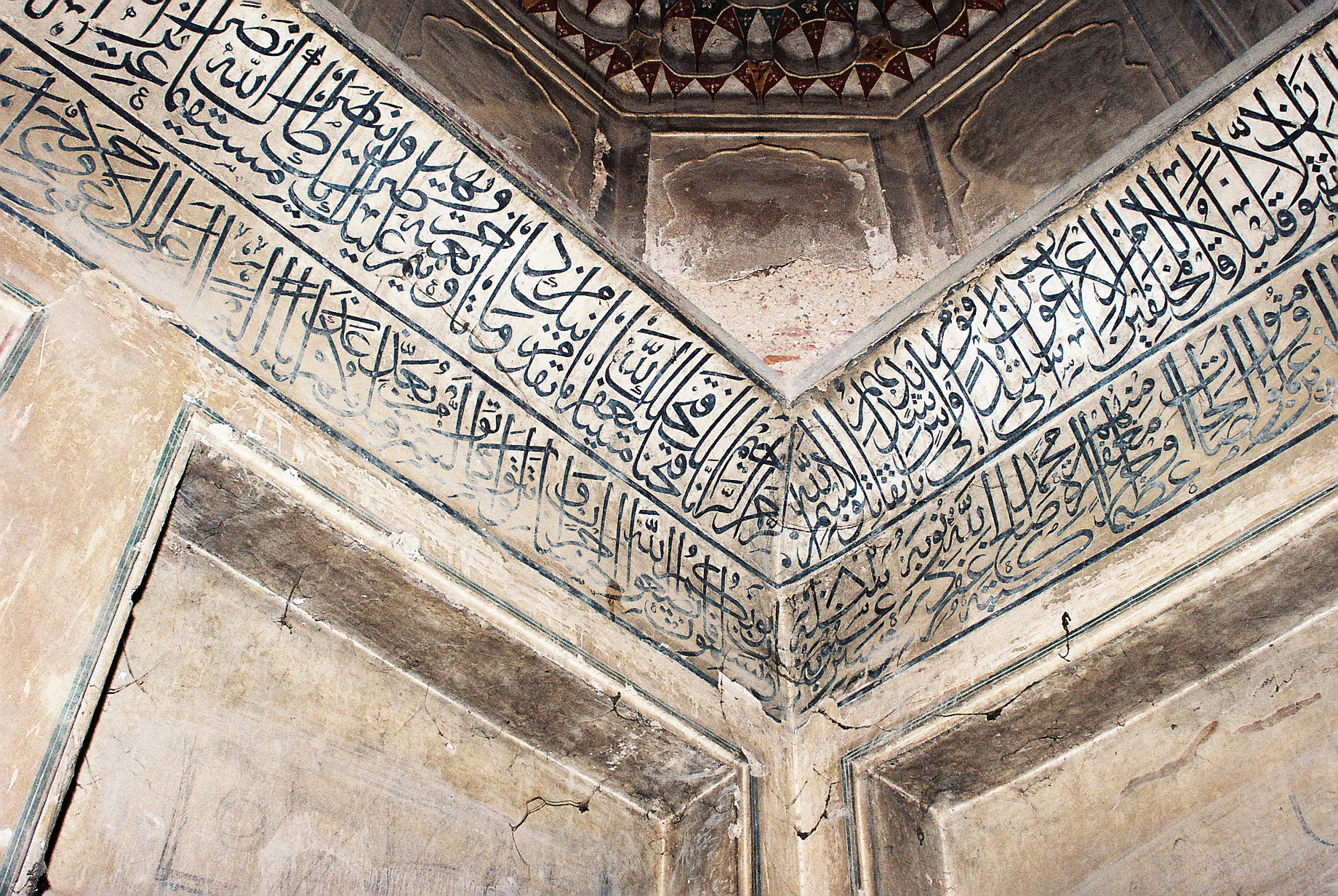
Underneath the dome, are the grave mounds in the middle. These have been rebuilt after the loss of the originals. All along the inner walls, Quranic inscriptions can be seen. At the end of the inscription, the word ‘Saleh’ and ‘1082 AH’ can be clearly seen. Some historians are of the opinion that calligraphy is by Mullah Muhammad Saleh Kamboh. The mausoleum firmly stands on the platform in its original form. This magnificent mausoleum and the Gulabi Bagh cover about two and half canals. If some attention is paid, it may be possible to preserve the porch and the mausoleum for the coming generations. It is a wonderful heritage for Lahore and the whole of the subcontinent.
